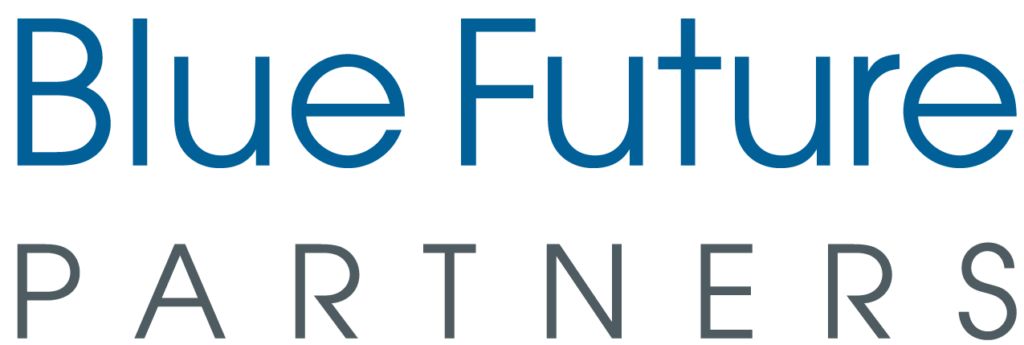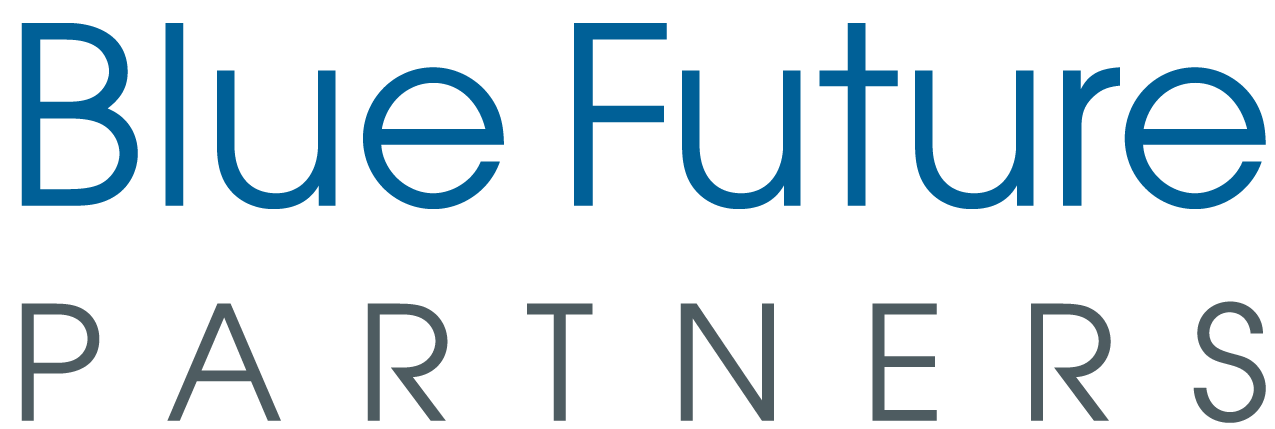In order to understand how LPs make decisions, it is key for emerging managers to have a clear view of how they look at incentive alignment.
This is an especially important aspect to consider during due diligence, but can be tricky to assess for the manager, since it does not relate directly to the ongoing investment activities.
We recommend thinking about incentive alignments as a fundamental aspect of VC corporate governance, because it is crucial for the long-term success of the firm. In this article, we discuss where misalignments can arise between GPS and LPs, and give recommendations on how to best avoid them.
Incentive Mechanisms in VC
When talking about incentives, we refer to two main factors:
1. The incentive structure (e.g., carried interest, GP commitment, fees, clawback and distribution waterfall) for each fund or vehicle.
2. The incentive design of the overall firm managing different funds or vehicles.
In this article, we focus on the latter and highlight how different ways of structuring your vehicles (not from a legal perspective, which is a separate topic) can have a dramatic impact on the incentive alignment between GPs and LPs, and will therefore significantly affect your fundraising.
The main problem can arise from managing vehicles with different LP bases and targeting allocations in the same companies.
We will cover this topic through examples of different types of structures – keeping in mind that our purpose is not to say that some structures are inappropriate (in fact, some are very common), but to raise awareness on the topic of incentive alignment and to better explain the LP perspective.
Traditional VC Firms
In traditional VC firms, the most common incentive problems occur when a manager raises additional vehicles, such as in the following situations:
1. Cross-Fund Investments – Cross-fund investments refer to investments made by a successor vehicle into an existing portfolio company. For instance, let´s assume that a manager raises her first fund and invests in company A. If the same manager then raises a second fund and this new fund also invests in company A, this investment is called “Cross Fund”. Incentive problems with these investments can arise due to several reasons:
– The company is not doing well, and the manager uses another vehicle (with money from different LPs) to support the predecessor fund.
– The return of a follow-on investment made out of a successor fund is not necessarily as good as the initial ticket due to higher valuations and ownership.
The bottom line is that the capital contributed by an LP in a successor fund (especially if that LP is not exposed to the previous vehicle) should not be used to support another fund. This does not mean that cross-fund investments are unreasonable in all cases or that they do not work, but it is key to understand that LPs may have some legitimate scepticism. The same is also true for all the other examples mentioned below.
2. Opportunity Funds – “Opps Funds” are vehicles that GPs raise to double down in their winners in the core fund and they can be considered as a supplement to their strategy. In this case, conflicts may arise mainly because of two reasons:
– Similarly to what happens in cross-fund investments, it could theoretically happen that the manager uses the capital to support the “core” fund instead of actually following the best interest of the LPs of the Opps Fund.
– The manager sometimes has to decide which fund gets the allocation of the pro rata, as maybe the core fund could still have some money to be deployed into a certain company.
3. Vertical Funds – Vertical funds refer to vehicles focused on specific sector. In this case too, a mismatch of incentives can arise if a manager has to select out of which vehicle an investment will be made, or how to allocate/split the investment between two different funds. This can happen as nowadays a lot of startups operate at the intersection of different sectors (e.g. a blockchain solution for healthcare) and it is difficult to perfectly classify their industry.
4. Stage-Focused Funds – In multi-stage VC firms, it is very common to see different funds focused on different stages (e.g. Seed vs. Growth vs. Late Stage). Similar to the problems in Opportunity and Vertical Funds, it is not always possible to clearly differentiate between stages, especially in the current market. For this reason, sometimes the managers have to choose how to allocate the investment between different vehicles.
Accelerators, Incubators & Venture Studios
In accelerators, incubators and venture studios, the problem of incentive alignment can come into play as well.
In these structures (usually focused on Pre-Seed) one entity (e.g. the studio or accelerator) collaborates with several investors who have an interest in seeing the underlying companies receiving more money through follow-on rounds.
What usually happens is that accelerators or studios raise a new vehicle to follow on in the companies that graduate from their program, and the interest of the LPs in the new vehicle is not necessarily perfectly aligned with the investors of the core entity. The reasons are basically the same as explained above for different situations occurring in traditional VC firms.

Our Recommendation
As VC firms evolve and start managing a growing number of vehicles, conflicts related to incentive alignment become more and more likely.
Here are our recommendations to minimize the risk of incentive misalignment between you and your LPs:
Structural Design
From a structural perspective, we recommend focusing on two aspects:
1. Clear Allocation Policies: Define precisely and without ambiguity how investments are to be allocated among different vehicles. This process can be complex and involves several factors:
a) Creating clear Thresholds – Some examples include enabling an Opps Fund to invest only if the main fund is maxed out, or determining which vehicle has priority in which situation.
b) Incentives Related to Term Negotiation – When setting thresholds, it is key to create a structure that does not incentivize managers to negotiate a deal so that the output of the negotiation would be favourable to one specific vehicle. Let´s take the example of a firm with an early-stage vehicle as well as a growth fund. Such a firm could for instance decide that all the investments with a valuation of >X will be allocated to the growth fund, and all the others to the early-stage fund. In this case, the manager of the growth fund targeting a deal with a low valuation could have an incentive to increase the valuation of the company in order to allocate the investment to the growth fund.
c) Third-Party Rounds: With respect to this problem and to the conflicts arising from follow-on vehicles, a firm should always consider valuations priced by a third party (e.g. another firm).
2. Conflict Resolution: Any conflict of interest should be assessed with clear rules and with the involvement of the LPAC of the fund with an interest, or by some form of supervisory board within the firm.
Feedback
Perhaps the best way to avoid problems is to simply consult your LPs and get their opinion on the structure design and on all issues that may arise.
Communication & Transparency
Independently from the structural aspects, we simply recommend being proactive in your communication and addressing all potential controversies in advance and with absolute transparency.
To conclude, we recommend that managers think thoroughly about how to create different incentive structures within their firm in order to build strong corporate governance.
All this is especially important for emerging managers who are just starting their adventure in the ecosystem.
—
Authors
About Danchun Chen
Danchun joined Blue Future Partners as an Analyst in 2020 as part of the research team. She is fascinated by the great impact of venture capital and tech startups on the future economy at a global scale. Before joining BFP, she spent time in Strategy Consulting, Startups and Venture Capital across China, France, Singapore, India and Switzerland.
Danchun holds a Master in Management from EDHEC Business School in France and a Bachelor of Arts from South China Normal University.
Linkedin
About Marco Cesare Solinas
Marco is an Analyst at Blue Future Partners, where he is responsible for sourcing and analysing new investment opportunities. He is passionate about Technology and Venture Capital and making an impact with investments. He focuses on both direct and indirect investments.
Previously, he has built an international and multicultural background across Italy, US, Germany, Turkey and Malaysia. Marco holds a CEMS Master’s in International Management and a Bachelor´s in Economics and Finance from Bocconi University.
Linkedin — Twitter — Medium








